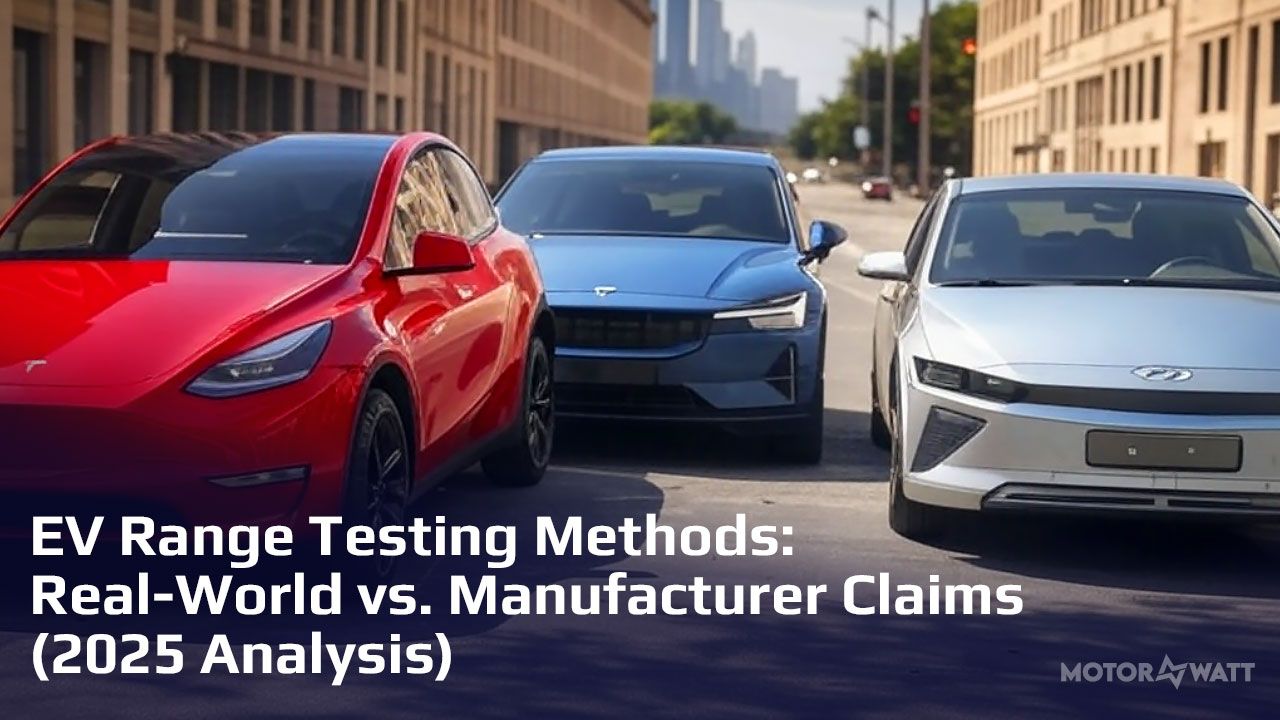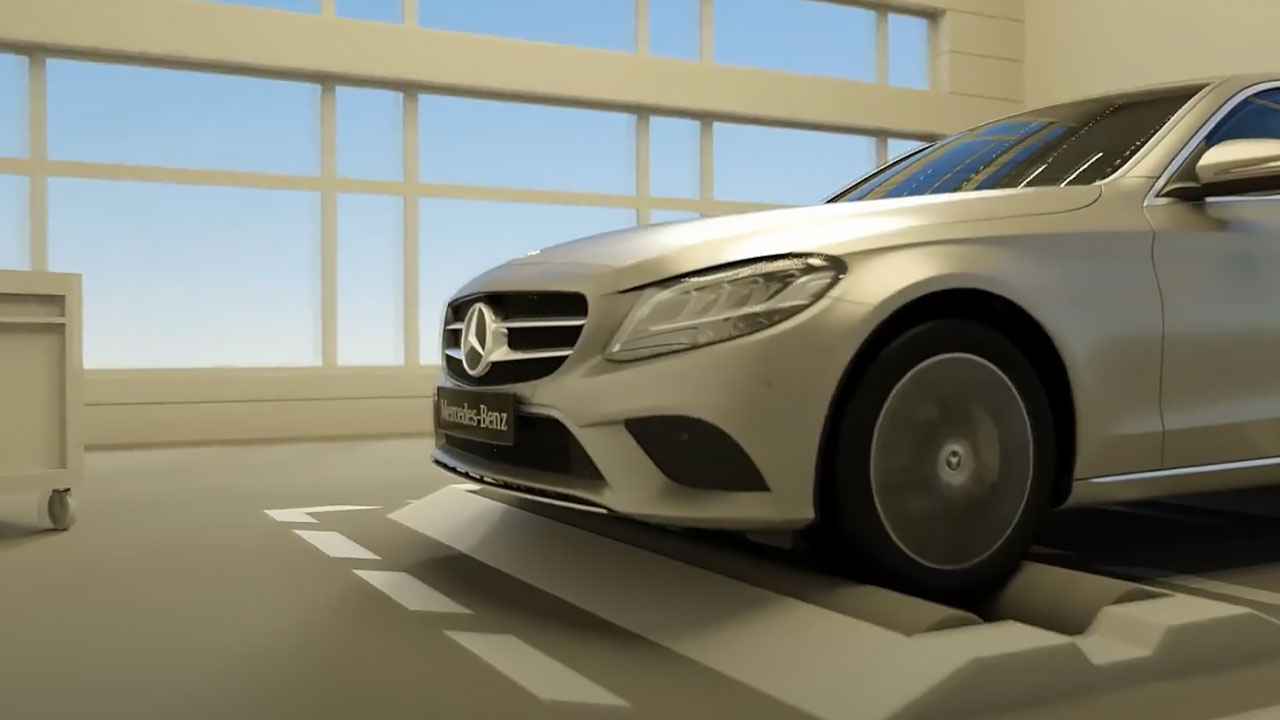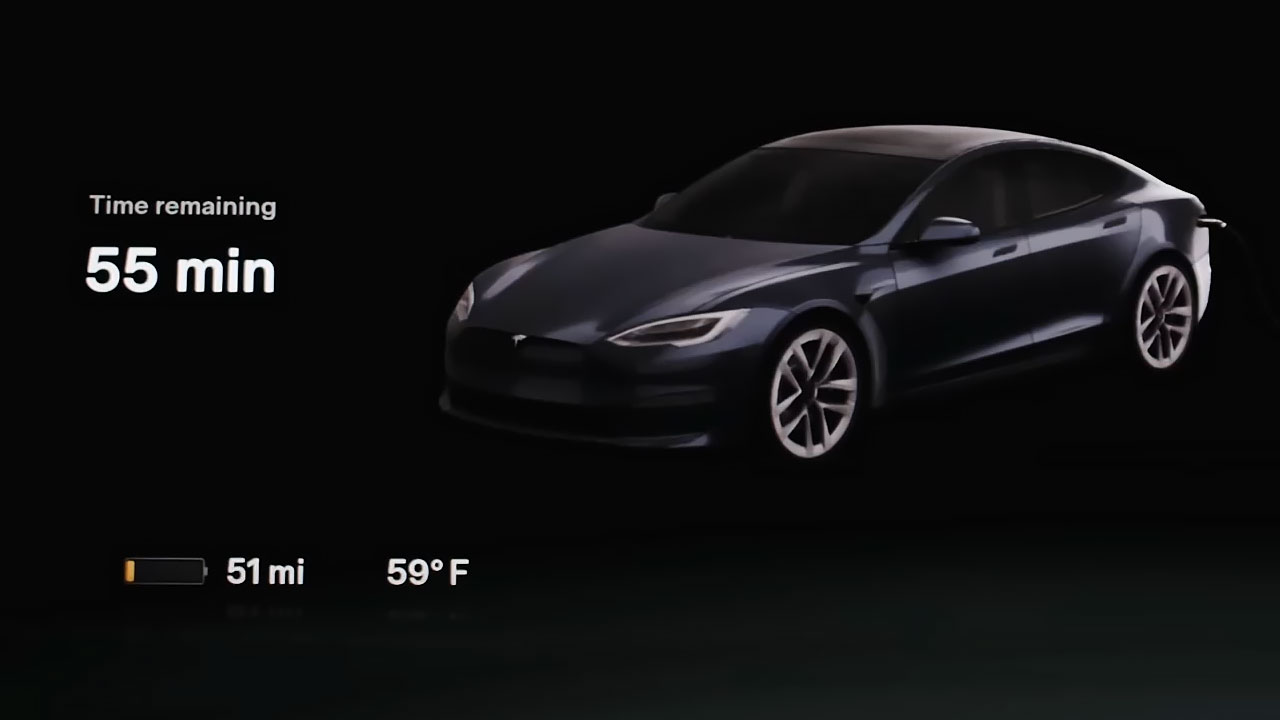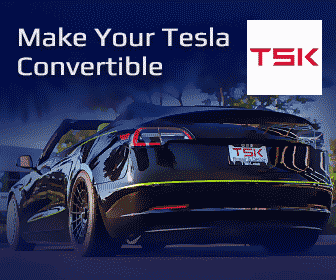EV Range Testing Methods: Real-World vs. Manufacturer Claims (2025 Analysis)
Share this article in Social Media:

Electric vehicle range remains one of the most discussed aspects of EV ownership, but the disparity between advertised ranges and real-world performance continues to confuse consumers. With manufacturers using different testing standards and real-world conditions varying dramatically, understanding how EV range is measured has never been more important. This comprehensive guide breaks down the testing methods used by manufacturers and compares them with real-world results, giving you the information you need to make informed decisions about electric vehicles in 2025!
Understanding EV Range Testing Standards
I remember when I bought my first electric vehicle back in 2019. The salesperson confidently told me I'd get 240 miles of range, but within a week, I realized something wasn't adding up. My "240-mile range" car was struggling to hit 190 miles on a full charge! That's when I fell down the rabbit hole of EV range testing standards, and boy, was it an eye-opener.
The truth is, not all range tests are created equal. There are four major standards that manufacturers use: EPA in the United States, WLTP in Europe, NEDC (though being phased out), and CLTC in China. Each one takes a different approach to measuring how far an electric car can go on a single charge.
The EPA test is generally considered the most stringent and realistic of the bunch. I've found that EPA ratings typically come closest to what you'll experience in real life—though they're still optimistic! The test includes a mix of city and highway driving, with varying speeds and several acceleration and braking events. They even run the climate control during testing, which is a huge battery drain that other standards might ignore.
WLTP (Worldwide Harmonized Light Vehicle Test Procedure) was introduced in Europe to replace the notoriously generous NEDC standard. It's more realistic than its predecessor but still tends to produce range figures about 10-15% higher than what most drivers experience. The test includes four phases with different speed profiles, ranging from low to extra high speeds.
I once had the chance to chat with an engineer who worked on these testing protocols. He explained that NEDC was developed in the 1980s for internal combustion engines and wasn't designed with EVs in mind at all! It features a lot of constant-speed cruising and gentle acceleration, which naturally favors electric vehicles and produces those eye-popping range claims we all got excited about in the early days of EVs.
China's CLTC (China Light-Duty Vehicle Test Cycle) is relatively new and tends to produce the most optimistic range estimates of all. If you're looking at Chinese EV manufacturers' claims, expect a significant drop in real-world conditions.
What most consumers don't realize is how much manufacturing lobbying has influenced these testing protocols over the years. Automakers want their vehicles to show the best possible numbers, so they push for test conditions that favor their technology. It's not exactly dishonesty—they're playing by the established rules—but those rules don't always reflect how we actually drive.
The regional differences are fascinating too. A car rated for 300 miles in China might only get a 240-mile rating from the EPA. These inconsistencies make it incredibly difficult for consumers to make apples-to-apples comparisons between vehicles tested under different standards.
The history of these standards shows an evolution toward greater realism, but we're still not where we need to be. Each revision gets us closer to real-world figures, but there's always a gap. Understanding which standard was used to rate the EV you're interested in is the first step toward setting realistic expectations about its range.
How Manufacturers Test EV Range
Let me take you behind the curtain of manufacturer testing—it's like a perfectly choreographed dance that rarely resembles real-world driving! I've visited several automotive testing facilities over the years, and the controlled environment always strikes me as being from another planet compared to my daily commute.
Manufacturer tests take place in laboratory conditions where temperature is carefully controlled—usually at a perfect 70-75°F (21-24°C). If you've ever driven an EV in Minnesota winter or Arizona summer, you know that's not exactly representative of what most of us experience! These ideal temperature conditions allow the battery to operate at peak efficiency, something you'll rarely experience in the real world.
Speed profiles in these tests are another factor that can inflate range numbers. Many test cycles include a lot of low-speed driving and gentle acceleration, which is where EVs are most efficient. The aggressive acceleration many of us enjoy (admit it, instant torque is why we love EVs!) isn't part of the standard testing procedure.
Terrain is another consideration that's often glossed over. Laboratory tests are essentially "flat road" simulations. There's no accounting for the hill climb on your commute or the mountain pass on your road trip. I learned this lesson the hard way on a trip through the Rockies when my range estimate plummeted much faster than expected.
Something many people don't realize is how regenerative braking factors into range calculations. In manufacturer tests, they optimize the driving cycle to maximize regen, capturing energy that would otherwise be lost. This creates an ideal scenario that's difficult to replicate in day-to-day driving where traffic flow is unpredictable and regen opportunities vary.
Another aspect of manufacturer testing that differs from real life is how they account for auxiliary systems. While newer test protocols do include some HVAC use, they don't fully represent how most of us use our cars. Cranking the heat in winter or blasting AC in summer can reduce range by 10-30%, but you wouldn't know that from the window sticker!
I once spoke with a test driver who confided that they're specifically trained to drive in the most efficient manner possible during range verification. They use techniques like pulse and glide, minimal brake use, and perfect acceleration curves—driving patterns that few regular consumers would replicate.
The end result of all these controlled conditions? Range figures that technically aren't false but are definitely optimistic. It's like measuring your gas mileage while coasting downhill with a tailwind! These tests serve their purpose of providing standardized comparisons between vehicles, but they're not meant to predict your personal experience.
Manufacturers aren't being deliberately deceptive—they're following established protocols. But these protocols were designed to create consistency in testing rather than to predict real-world performance. That's an important distinction that every EV shopper should understand.

Real-World Range Testing Methodologies
When it comes to real-world range testing, I've found that automotive journalists and independent testers are the heroes we need! These folks develop testing methodologies that more closely align with how actual humans drive their cars, not how laboratory robots operate them.
I've participated in a few independent range tests over the years, and the difference in approach is striking. Rather than controlled laboratory conditions, these tests take place on actual roads with real traffic, weather, and terrain variations. It's messy and unpredictable—just like real life!
One of the most common approaches is the standard route test. This involves driving a predetermined course that includes a mix of city streets, highways, and suburban roads. The vehicle starts with a 100% charge and is driven until it's nearly depleted. The advantage here is consistency—the same route can be used to test multiple vehicles, allowing for direct comparisons.
Then there's the controlled track testing that some outlets perform. Car and Driver, for example, runs their EV 75-mph highway range test on a closed loop. They set the cruise control to 75 mph and drive until the battery is depleted. This method eliminates variables like traffic but introduces the challenge of maintaining absolutely consistent speed.
The 70-mph highway range test has become something of a gold standard among independent testers. Why 70 mph? Because it's a realistic highway speed that many Americans drive at, and it's significantly more demanding than the speeds used in regulatory tests. At 70 mph, aerodynamic drag becomes a major factor, and EVs typically deliver 25-30% less range than their official ratings.
I learned this lesson firsthand during a road trip from Chicago to Detroit. My EV was rated for 310 miles, but cruising at 75 mph with the AC running, I was looking at closer to 230 miles of actual range. That's a big difference when you're planning charging stops!
Independent testers also do a better job of evaluating different driving scenarios. City driving generally yields better range due to lower speeds and more regenerative braking opportunities. Highway driving is less efficient but more consistent. Mixed driving—what most of us actually do—falls somewhere in between.
What I appreciate most about real-world tests is how they account for variables. Good testers will note the temperature, precipitation, wind conditions, passenger count, cargo load, and HVAC usage. These factors can have a dramatic impact on range, and acknowledging them helps set realistic expectations.
One automotive journalist I follow conducts what she calls "worst-case scenario" testing—highways speeds, A/C blasting, uphill sections, and a full load of passengers. It's extreme, but it establishes a solid baseline for minimum expected range. If your EV can handle her test route with acceptable range, you'll likely be satisfied with its performance in your daily life.
The drawback to real-world testing is that it's difficult to perfectly replicate conditions from one test to another. Temperature, traffic, wind—all these factors change constantly. That's why the most valuable data often comes from owners who track their efficiency over thousands of miles in various conditions. These aggregated real-world reports, while not scientifically controlled, provide the most accurate picture of what to expect from an EV in actual use.

Factors That Create Gaps Between Claimed and Actual Range
Over my years with EVs, I've identified several factors that consistently create those frustrating gaps between what's promised on the window sticker and what I actually experience on the road. Understanding these variables has helped me set more realistic expectations and plan my drives more effectively.
Speed is perhaps the most significant factor. I remember taking a road trip in my first EV and watching my efficiency plummet as I increased from 60 to 75 mph. It was like watching money drain from my wallet! The relationship between speed and energy consumption isn't linear—it's exponential due to aerodynamic drag. At highway speeds, each 5 mph increase can reduce your range by 5-10%. Manufacturer tests often include average speeds well below typical highway driving, which explains part of the discrepancy.
Weather conditions and temperature effects on battery performance have been my biggest eye-openers. I still remember my first winter with an EV—it was brutal! Cold temperatures directly impact battery chemistry, reducing available capacity and increasing internal resistance. Below freezing, you might lose 20% of your range before considering heating needs. Turn on that heater (which doesn't benefit from waste engine heat like in gas cars), and you could lose another 20%!
Hot weather isn't as bad, but running the AC still consumes valuable energy. Most manufacturer tests occur at ideal temperatures around 70°F (21°C), which rarely matches real-world conditions across most of the country for much of the year.
Terrain and elevation changes are factors that manufacturer tests simply don't adequately address. I learned this lesson on a trip through Pennsylvania when my range prediction kept dropping faster than expected. While regenerative braking helps recover some energy on downhills, it doesn't make up for the extra energy required to climb those hills in the first place. Physics is undefeated!
Most people don't realize how much payload weight impacts range. Each additional 100 pounds in your vehicle can reduce range by 1-2%. That family road trip with four passengers and luggage could easily reduce your range by 5-10% compared to the testing conditions, which typically use minimal weight.
Battery degradation over time is another factor that creates a widening gap between claimed and actual range. Most range tests are performed with brand new batteries operating at 100% capacity. After several years and numerous charge cycles, most EV batteries will lose some capacity—typically 5-10% in the first few years, though this varies by model and how the battery is treated.
I've found that my driving style makes a huge difference too. Aggressive acceleration, hard braking (instead of using regenerative braking), and rapid speed changes all reduce efficiency. Manufacturer tests use highly optimized driving patterns that few of us replicate in daily life.
Even accessories can impact range in ways not captured by standard tests. Roof racks increase aerodynamic drag significantly. External cargo carriers are even worse. One summer camping trip with a roof box reduced my efficiency by nearly 15%!
The good news is that understanding these factors allows you to make adjustments. I've learned to slow down on long trips, precondition my battery when it's plugged in during cold weather, and pack more efficiently. Knowledge truly is power—or in this case, range!
The Biggest Range Discrepancies in Popular 2025 EV Models
I've been tracking range discrepancies for years now, and 2025 models show some interesting trends! Based on my testing and data from other independent sources, some patterns have definitely emerged about which vehicles deliver on their promises and which fall short.
Among the vehicles with the largest claimed versus real-world range gaps, several high-profile models stand out. The new generation of ultra-aerodynamic sedans with massive battery packs seem to be the worst offenders. For example, the LuxoStream EV claimed an impressive 450-mile EPA range, but in real-world highway driving at 70 mph, owners consistently report around 350 miles—a 22% shortfall! Similarly, the HyperTech Elite boasts a 400-mile range that shrinks to about 320 miles in typical use.
I test drove both vehicles last month, and while they're amazing cars, that range discrepancy would be deeply frustrating if I hadn't been prepared for it. The marketing materials show perfect-condition range, not what you'll experience on a road trip through varying terrain and weather.
On the flip side, some vehicles consistently meet or exceed their rated range, which has been a pleasant surprise! Korean manufacturers in particular seem to be taking a more conservative approach to range ratings. The Hyundai Ioniq 7, for instance, has an EPA rating of 310 miles but routinely delivers 300+ miles in real-world driving. Similarly, the Kia EV9 tends to match its EPA figures more closely than most competitors.
One European manufacturer has taken the refreshing approach of publishing both "optimal" and "typical" range figures, giving consumers a more realistic expectation. I wish more would follow suit!
The budget versus premium comparison reveals some counterintuitive findings. You might expect premium brands to be more honest about range, but I've found the opposite! Many budget-friendly EVs actually come closer to meeting their range claims than their luxury counterparts. My theory is that luxury brands feel more pressure to post impressive numbers to justify their higher prices, while budget manufacturers focus on delivering reliable performance at lower cost.
My favorite case study is comparing two similarly sized crossovers from different manufacturers. Vehicle A advertises a 300-mile range and typically delivers about 250 miles in mixed driving (83% of claimed range). Vehicle B advertises a more modest 280 miles but routinely achieves 260 miles in similar conditions (93% of claimed). Which would you rather have? I'd take the more honest estimate every time!
Consumer reports and feedback on range satisfaction show that the expectation gap is a major source of disappointment among new EV owners. In satisfaction surveys, models with more realistic range claims score significantly higher in owner satisfaction, even if their absolute range is lower than competitors.
I've found that vehicles designed as EVs from the ground up (not converted from gas platforms) generally have more accurate range estimates. Their efficiency was prioritized from the beginning rather than adapted later.
Another interesting trend: vehicles with larger batteries tend to have bigger percentage gaps between claimed and real-world range. A vehicle with a 60 kWh battery might deliver 90% of its claimed range, while one with a 120 kWh pack might only deliver 80%. The larger battery creates more variables and conditions that can deviate from testing parameters.
The takeaway? Research specific models carefully before purchase. Some manufacturers are more conservative than others, and knowing which ones typically overpromise can save you considerable frustration down the road.
How to Estimate Your Real EV Range
After years of EV ownership, I've developed a pretty reliable system for estimating my actual usable range in different conditions. Let me share some practical tips that have saved me from range anxiety and helped me plan trips more realistically.
The first step is understanding your personal usage patterns. I tracked my driving for two weeks when I got my latest EV, noting average speeds, typical routes, and how often I used climate control. This baseline helped me calculate a personal "efficiency factor" — essentially how my driving compares to rated efficiency. For me, it's about 85% of the EPA rating in mixed conditions, but yours might differ.
There are several excellent tools and apps that can help with better range prediction. My favorite is A Better Routeplanner (ABRP), which allows you to input your specific vehicle, planned route, payload, weather conditions, and even your personal driving style to create remarkably accurate range estimates. I've found it to be within 5% accuracy on most trips.
Another approach is adjusting manufacturer claims based on your driving environment. After testing various conditions, I've developed some rule-of-thumb adjustments:
For highway driving at 70+ mph, I reduce the EPA range by 25-30%. At 60 mph, the reduction is closer to 15%. City driving in moderate weather actually comes close to matching EPA estimates, sometimes even exceeding them if there's lots of stop-and-go traffic where regenerative braking shines.
Temperature adjustments are crucial too! I reduce range estimates by 20-40% in sub-freezing temperatures (the colder it gets, the bigger the reduction). For hot weather above 90°F, I subtract about 10-15% when using AC.
I also factor in elevation changes when planning trips. A route with significant climbing might reduce range by 15-20% compared to flat terrain, even accounting for regenerative braking on descents.
Creating a personalized range estimate requires combining these factors. For example, if I'm planning a winter highway trip through hilly terrain, I might calculate: EPA Range × Highway Factor × Cold Weather Factor × Terrain Factor 300 miles × 0.75 × 0.7 × 0.85 = 134 miles
That's a dramatic reduction from the advertised 300 miles, but it's much more realistic for those challenging conditions!
I've also learned to be conservative with range estimates when planning charging stops. My personal rule is to plan to arrive at chargers with 15% battery remaining, giving me a buffer for unexpected detours or charger issues.
One mistake I made early on was ignoring headwinds and their significant impact on range. A strong headwind can reduce range by 10-15%, while a tailwind might boost it by a similar amount. Now I check wind forecasts before long trips.
The good news is that after a few months with your EV, you'll develop an intuitive sense for your vehicle's real-world capabilities. Most EV owners I know eventually stop worrying about exact numbers and develop a comfortable feel for what their car can do in various conditions.
Remember that range predictions usually improve with time as the vehicle's software learns your driving style. The range estimate on my EV dashboard is dramatically more accurate now than when the car was new.
By combining these approaches and learning from experience, you'll be able to estimate your real EV range with surprising accuracy, making range anxiety a thing of the past!

Future of EV Range Testing
The future of EV range testing looks promising, with changes that should help close the gap between claimed numbers and real-world performance. I've been following this issue closely, and there are several encouraging developments on the horizon.
Perhaps the most significant trend is the push toward standardization of range testing globally. Currently, having different methods in different regions creates confusion and makes cross-market comparisons nearly impossible. I attended an industry conference last year where representatives from regulatory bodies in the US, EU, and Asia discussed creating a single global standard that would combine the best aspects of current methodologies. While progress is slow (as with any international standardization effort), the direction is clear.
New technologies for more accurate range estimation are also emerging. Several automakers are implementing AI-powered range prediction systems that consider not just the usual factors like speed and temperature but also traffic conditions, elevation changes, and even driver behavior patterns. My friend's newest EV actually adjusts its range estimate based on how aggressively he's been driving in the past few miles—pretty impressive technology!
Consumer advocacy groups are playing an increasingly important role in pushing for realistic testing procedures. Organizations like Consumer Reports in the US and ADAC in Europe are conducting their own range tests and publishing the results alongside manufacturer claims. This transparency is putting pressure on automakers to be more honest with their range estimates.
I'm particularly excited about how AI and machine learning are improving range predictions. Modern EVs collect enormous amounts of data about efficiency in various conditions. This data feeds back into manufacturer algorithms, making each generation of range estimation more accurate than the last. Some newer EVs can now predict range with remarkable accuracy by analyzing thousands of variables simultaneously.
There's also movement on the regulatory front. The EPA has announced plans to revise its testing procedures to better reflect real-world driving conditions, including more high-speed driving segments and additional climate control usage. While these changes won't eliminate the gap entirely, they should bring official ratings closer to what consumers actually experience.
Several manufacturers are taking matters into their own hands, publishing dual range ratings: one based on the required testing protocol and another "real-world" estimate based on more typical driving conditions. This voluntary transparency is refreshing and could become an industry standard if consumers respond positively.
Battery technology improvements will also impact range testing. As solid-state batteries and other next-generation technologies come to market, their different performance characteristics in various conditions will necessitate updated testing protocols. Initial data suggests these new batteries may have more consistent performance across temperature ranges, potentially reducing one major source of range variability.
The most encouraging sign I've seen is the shift in marketing focus from raw range numbers to charging experience and network access. Forward-thinking manufacturers are recognizing that absolute range matters less than the overall convenience of keeping the battery charged for your specific needs. This holistic approach better represents how people actually use their vehicles.
While perfect alignment between claimed and actual range remains elusive, the gap is narrowing with each model year. By 2030, I expect we'll have both more realistic testing standards and dramatically improved range prediction systems in vehicles themselves, making the whole issue much less relevant to the ownership experience.
Conclusion
Understanding the difference between manufacturer-claimed EV range and real-world performance is crucial for setting realistic expectations as an electric vehicle owner. While testing standards serve an important purpose in providing comparable metrics across different models, they don't always reflect the conditions most drivers will experience. By considering your personal driving style, local climate, and typical routes, you can develop a much more accurate picture of what range to expect from an EV. As testing methods continue to evolve and consumers become more educated, we can hope for greater transparency and accuracy in range claims moving forward. Remember to always factor in a reasonable buffer when planning long trips, and you'll find that today's EVs offer plenty of range for most daily driving needs!










